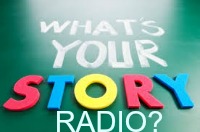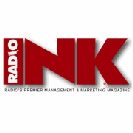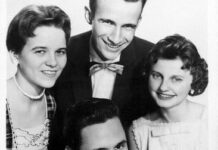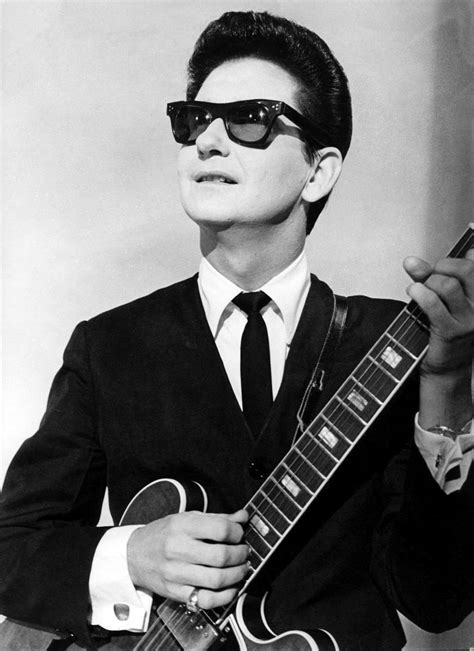RADIO’S NEW STORY?
April 29th, 2014
With TV’s instant ratings and advertisers believing for the longest time they needed pictures (newspapers) to move product, radio salespeople were at an immediate disadvantage when they walked through the door of a client or prospect. Radio has never really had hard data to prove return on investment. For the most part, in small and medium markets the majority of radio sales are built on strong relationships and trust between an advertiser and a seasoned radio seller. In larger markets sales are also the result of relationships, but they are also transactional, where advertisers and their ad agencies want data, ratings and proof that what they spend with radio results in cash registers ringing. Was yesterday the first step toward major change for radio?
Clear Channel CEO Bob Pittman is following through on his word to help the radio industry tell a better story about how radio generates business for advertisers. For several years nearly every high-level radio executive has echoed Pittman’s mantra, that radio’s flat performance in recent years was due to its inability to get to high level decision-makers and tell radio’s R.O.I story. That was a little surprising being that most of the people saying we needed to tell a better story were in positions to do so, and they’ve been around for quite some time. When the NAB/RAB Radio Show rolls around in September, what took place in New York City yesterday, will probably result in the new talking points from Radio executives when they gather in Indianapolis. Here’s why…
about how radio generates business for advertisers. For several years nearly every high-level radio executive has echoed Pittman’s mantra, that radio’s flat performance in recent years was due to its inability to get to high level decision-makers and tell radio’s R.O.I story. That was a little surprising being that most of the people saying we needed to tell a better story were in positions to do so, and they’ve been around for quite some time. When the NAB/RAB Radio Show rolls around in September, what took place in New York City yesterday, will probably result in the new talking points from Radio executives when they gather in Indianapolis. Here’s why…
The CEO’s from Clear Channel, CBS, Cumulus, Entercom and others got together in New York City Monday with a goal of taking a first step in changing the perception of how radio works for advertisers. Radio has always needed a better way to prove Return on Investment to advertisers. Radio executives saythe comprehensive study, commissioned by Clear Channel and conducted by Nielsen Catalina Solutions, determined how radio advertising influences actual retail sales and measures return on investment. The study found that for every dollar spent on advertising, there was a sales return of six dollars on average for those exposed to the ads in the prior 28 day period. The sales impact was measured for the specific media buys of 10 brands, each of which had different combinations of radio networks. The study also concluded, something radio managers and sales managers have been talking about for decades, that radio delivers a strong consumer sales response close to the time of purchase.
Yesterday, two panels were held in the offices of Clear Channel. One was moderated by Michael Kassan, Chairman & CEO of MediaLink. It focused on the power of radio for marketers and how radio should be used in a comprehensive mix of media. Panelists included: Gayle Fuguitt, President & CEO, The ARF; Matt MacDonald, BBDO; John Nitti, ZenithOptimedia; Ritu Trivedi, MediaVest and Mary Ellen Johnson Jalenek, American Express.
The second panel was moderated by Pittman and included CBS Radio President and CEO Dan Mason, Cumulus CEO Lew Dickey and Entercom CEO David Field. The group discussed Nielsen’s study and how they believe it will improve the perception of radio within the ad community.
Now all eyes will be watching to see how the information will be used and shared with the entire industry and if it nets any revenue results when the groups report to Wall Street and the RAB reports quarterly numbers.










I prefer the older story that radio told way back in the late 60’s and up to the mid 70’s. I wrote an article about that and I think that consultants and focus groups have not tapped into all of the right information to gain a loyal audience that could mean a diffrent type of revenue stream for them. Read my article “When Focus Groups Failed” :
http://www.lettheuniverseanswer.com/2014/04/23/fm/